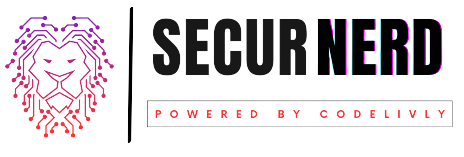The cybersecurity landscape is constantly shifting, with adversaries developing a multitude of tools to bypass barriers and access vital information. Shockingly, it isn’t always intricate malware or zero-day vulnerabilities that pose the greatest risk, but rather the simple compromise of usernames and passwords. This write-up delves into the looming threat of compromised credentials, the intricacies of safeguarding Active Directory (AD) landscapes, and a spotlight on Silverfort Unified Identity Protection, a pivotal solution for combating these cyberthreats.
Credentials, the Trojan Horse in the Cyber World
Amongst various cyber vulnerabilities, stolen or weak usernames and passwords remain one of the most powerful tools for unauthorized incursions. Such credentials offer attackers an immediate pass into a myriad of valuable on-site and cloud resources. The challenge is distinguishing genuine user behavior from malicious intrusions, especially when both actions look identical to the system. Many security platforms, due to this reason, can unintentionally block genuine access while permitting malicious entry.
The Ease of Gaining Credentials
A multitude of strategies exist for cyber attackers to acquire credentials. The dark recesses of the Dark Web often become marketplaces for such details, while tools like keyloggers or memory data extraction on compromised devices also serve their purpose. Thus, acknowledging that an organization’s credentials will likely face threats is the first step to enhanced cyber safety.
Stepping Up Identity Security
Traditionally, Active Directory landscapes remained vulnerable due to the lack of proactive identity protection. Fortunately, with advancements like Silverfort’s MFA solution for Active Directory, entities now have the means to bolster their cyber defenses and maintain a robust stance against potential cyber onslaughts.
AD’s Challenge with Real-Time Threat Detection
Although many online and software-as-a-service platforms have incorporated multi-factor authentication (MFA) for increased security, AD ecosystems often lag behind. Primarily because the core authentication methods in AD, such as NTLM and Kerberos, don’t support MFA inherently, leaving them susceptible to breaches via compromised credentials.
The Rising Concern: Lateral Movement Attacks
Adversaries exploit AD’s limited defenses beyond basic credential verification, engaging in lateral movement attacks. This strategy allows them to move unobserved within the AD landscape, gaining higher access rights and tapping into pivotal resources.
Reinventing AD Safety with Silverfort
Countering credential compromise demands an all-encompassing strategy that continuously observes, evaluates risks, and actively intervenes. Silverfort’s Unified Identity Protection does precisely that. Introducing MFA across all AD operations, this solution ensures that every authentication request, from legacy systems to newer protocols, is scrutinized.
When organizations embrace Silverfort, they’re positioning themselves at the forefront of cyber defense, proactively analyzing each login attempt, and enforcing heightened security measures like MFA where necessary. This not only seals potential breaches but also assures the safety of the organization’s invaluable assets.
In the ever-evolving battleground of cyber warfare, compromised credentials have emerged as a stealthy yet potent adversary. Their inherent legitimacy can bypass even the most stringent security protocols, allowing undetected breaches. However, with tools like Silverfort Unified Identity Protection, organizations can fortify their defenses and remain vigilant against potential threats.
Found this news interesting? Follow us on Twitter and Telegram to read more exclusive content we post.


